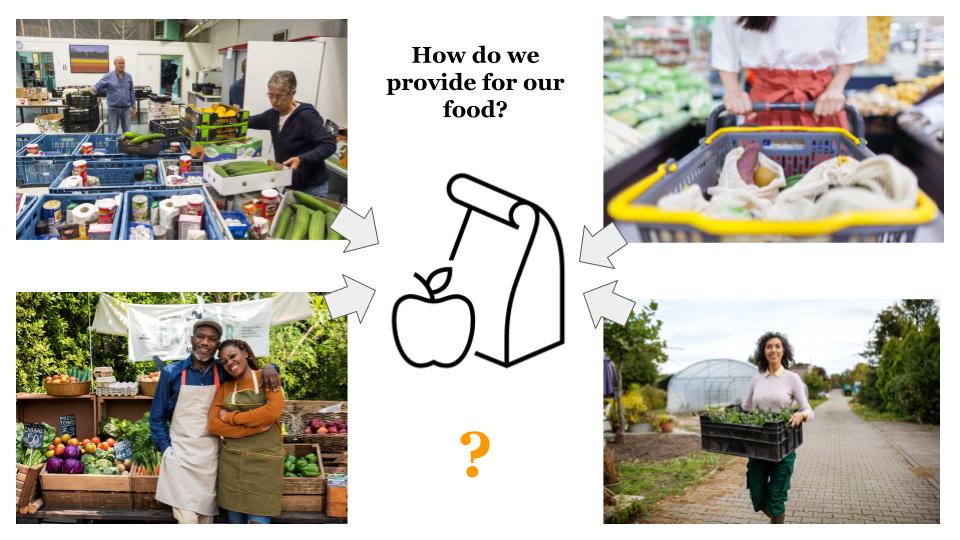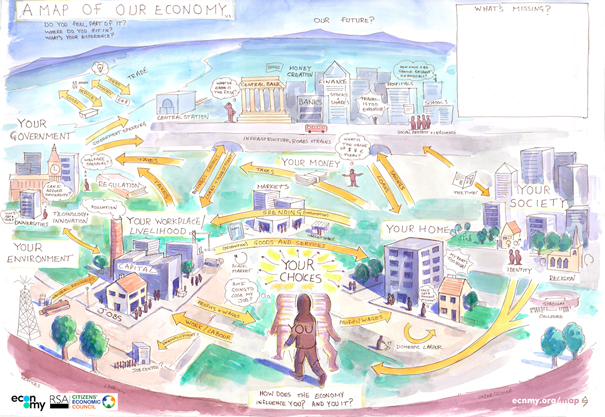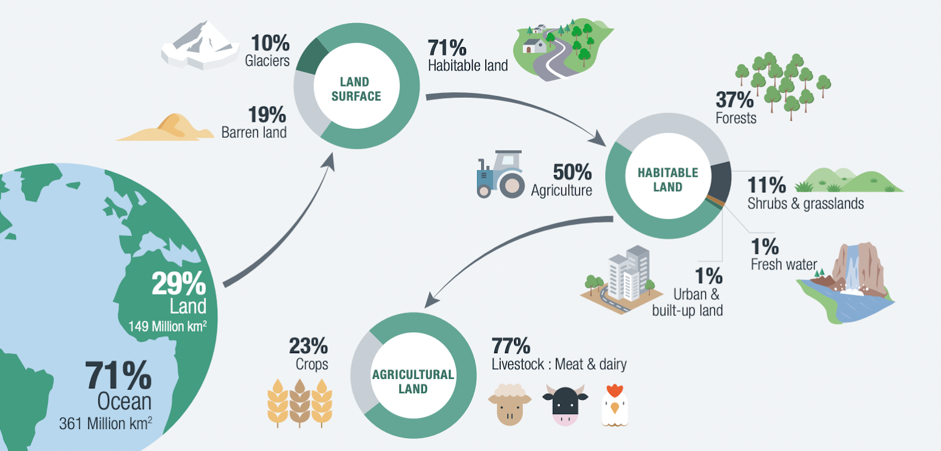Suggestions for incremental change to environmental economics courses, drawn from the ten building blocks of Economy Studies.
General approach
Change often happens incrementally and slowly. In the economics textbook market, for example, there is an unwritten rule that new textbooks cannot differ more than roughly 15% from the standard textbook in order to be ‘acceptable’ (Colander, 2003).
While our book clearly breaks this rule and proposes more far-reaching and fundamental changes in most chapters, in this chapter we focus instead on how existing courses could be adjusted incrementally. By doing so, we hope to assist educators in improving and adapting the courses they teach without needing to rip them up and start again, as well as helping students make suggestions for how this could be done.
First, we set out the typical contents of current courses. Second, we provide our suggested additions and changes. It is important to note that we pose all these suggestions as potential sources of inspiration, not a checklist of all the things that necessarily should be included. After all, there is a practical limit to what can be taught within a single course.
Courses:
Typical contents of current courses
Courses on environmental economics are generally organized around the neoclassical concept of externalities. In particular, they focus on how negative environmental externalities, whether it relates to local air or water pollution, natural resource depletion or climate change, can be internalized in market prices through taxes, tradable permits, and/or government regulation and control. Often the policy tool of cost-benefit analysis is taught as a way of assessing and comparing possible policy interventions. The history and current state of environmental agreements and policy are also frequently discussed, typically from a rational choice perspective.
Frequently used textbooks:
- Environmental Economics Theory and Policy by Alfred Endres
- Environmental Economics by Charles D. Kolstad
- Applying Economics to the Environment by Clifford S. Russell
- Environmental Economics Theory and Applications by Katar Singh and Anil Shishodia
- Natural Resource and Environmental Economics by Roger Perman, Yue Ma, James McGilvray, and Michael Common
- Natural Resource Economics: Conservation and Exploitation by Philip A. Neher
Suggested additions and changes
Relevant teaching packs
Recommended books
- Climate Change: A Very Short Introduction by Mark Maslin, most recent edition from 2021. This concise book helps students understand what climate change is, what its causes are, what current state of knowledge and research is, and what potential solutions are.
- Environmental and Natural Resource Economics: A Contemporary Approach by Jonathan M Harris and Brian Roach, from 2002. This textbook introduces students to the different institutional and policy options to achieve sustainability, from commons and property rights to environmental accounting and trade agreements. This textbook introduces students to the neoclassical and ecological approaches to nature and environmental issues.
- Ecological Economics: Principles And Applications by Herman E. Daly and Joshua Farley, from 2003. This textbook introduces students to ecological economics and the economics of nature and resources.
- Environmental Policy: An Introduction by Barry C. Field, from 2007. This accessible book introduces students in a systematic way to the different environmental policy options, domains and actors.
- Environmental Policy by Jane Roberts, most recent edition from 2011. This multidisciplinary introduction explores what causes, or prevents, effective environmental policy at the level of the firm, nation state and international level.
- Economics After The Crisis by Irene van Staveren, from 2015, chapter 13. This well-written textbook sets out the neoclassical, post-Keynesian, social economic and institutional perspectives on nature.
- Introducing a New Economics by Jack Reardon, Maria A. Madi, and Molly S. Cato, from 2017, chapter 3. This ground-breaking textbook introduces the environment, resources and sustainability and weaves together pluralist theory and real-world knowledge.
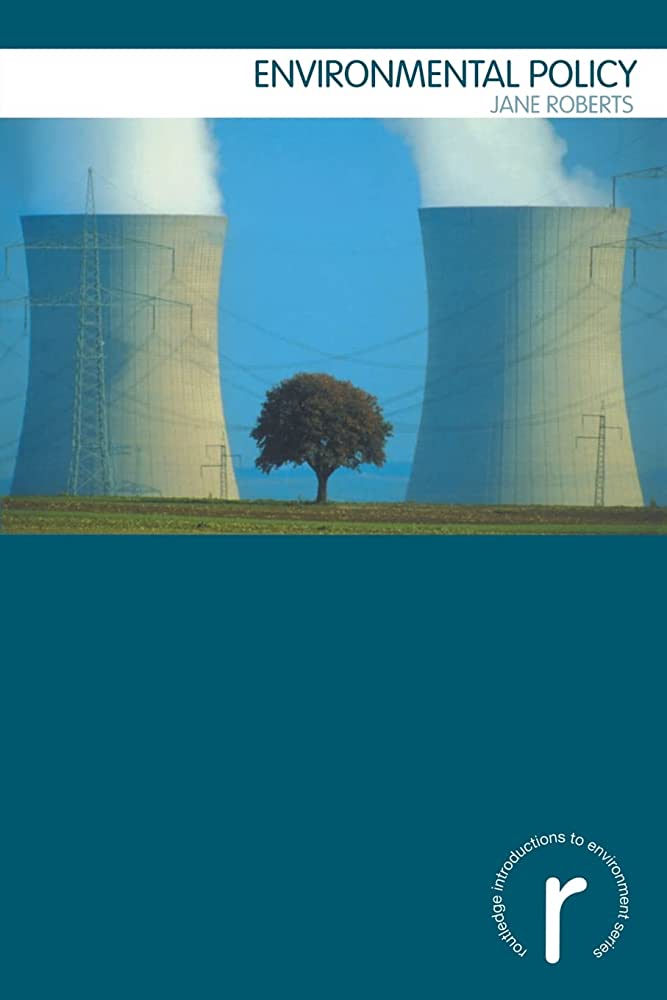
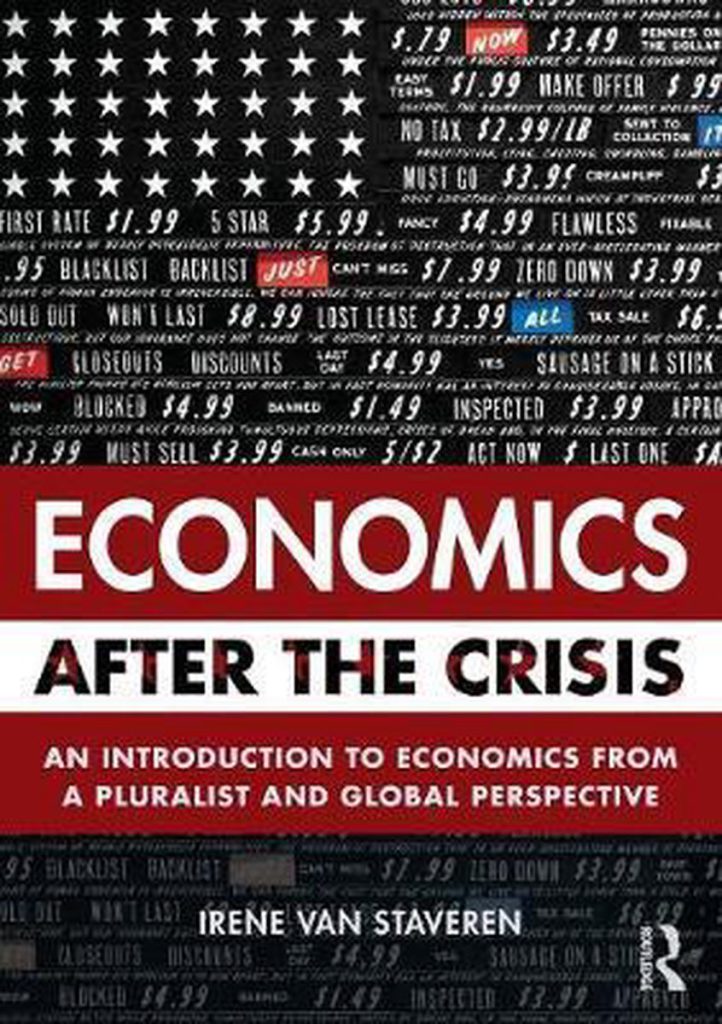
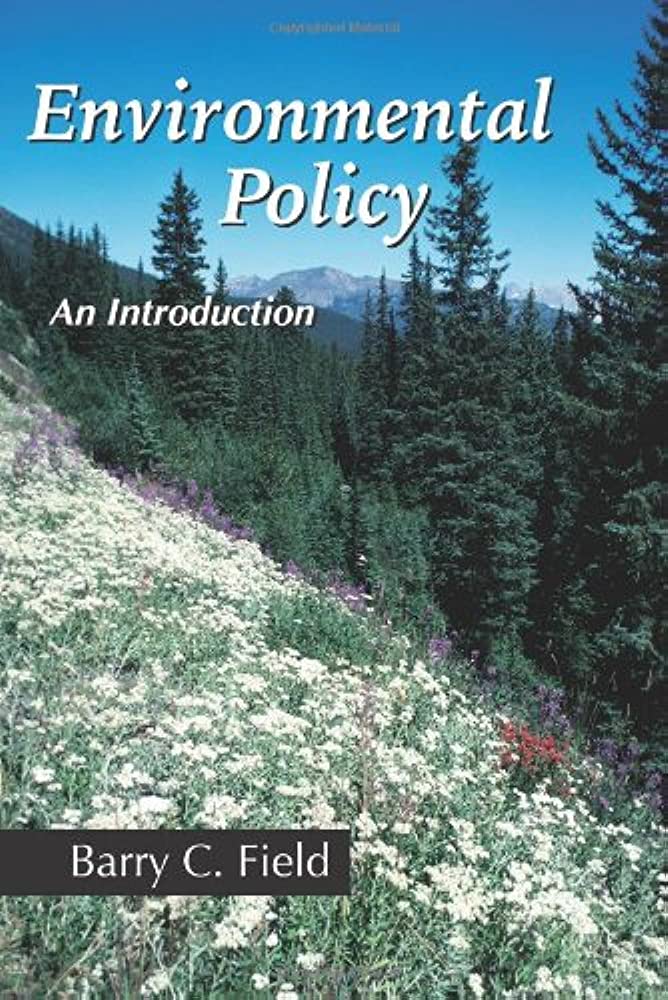
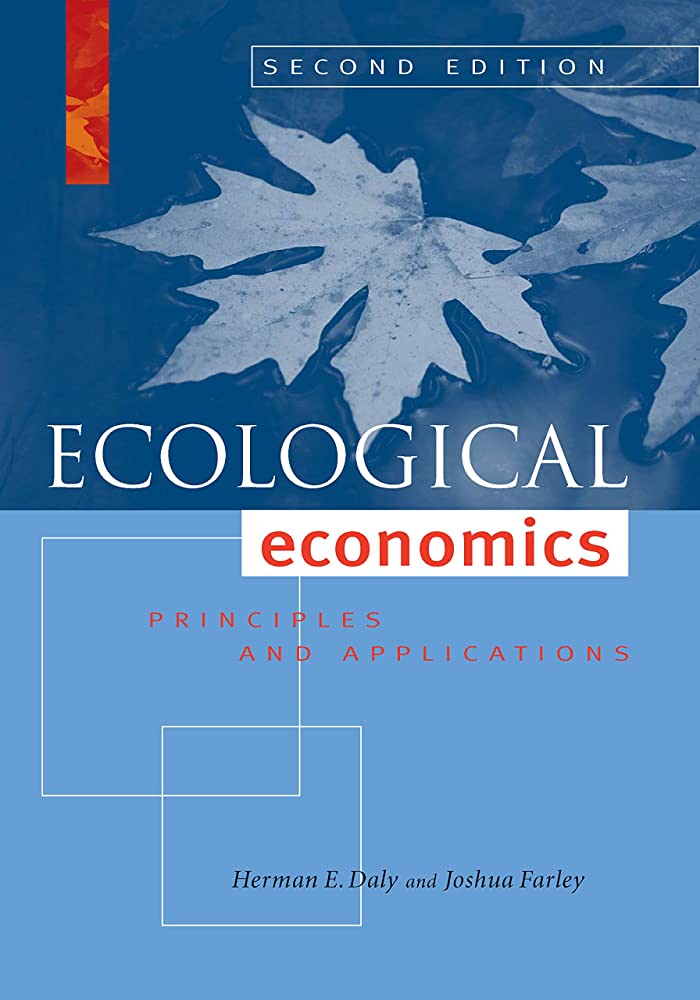
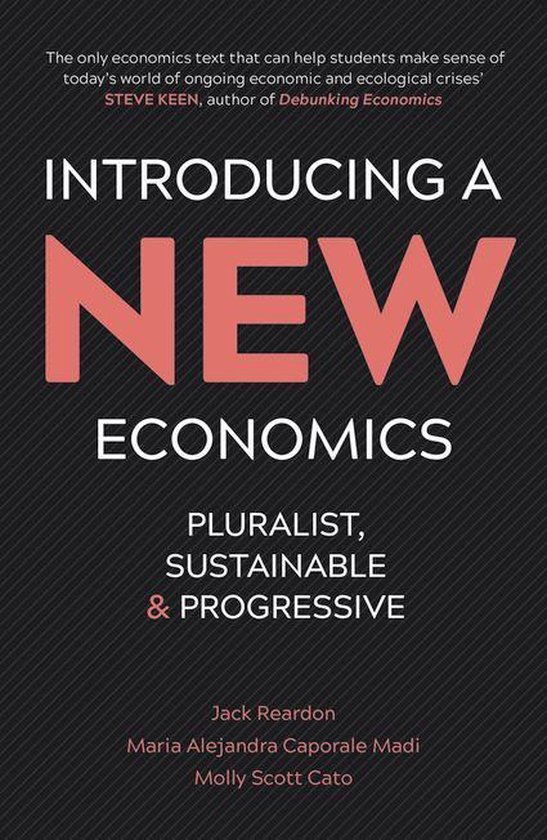
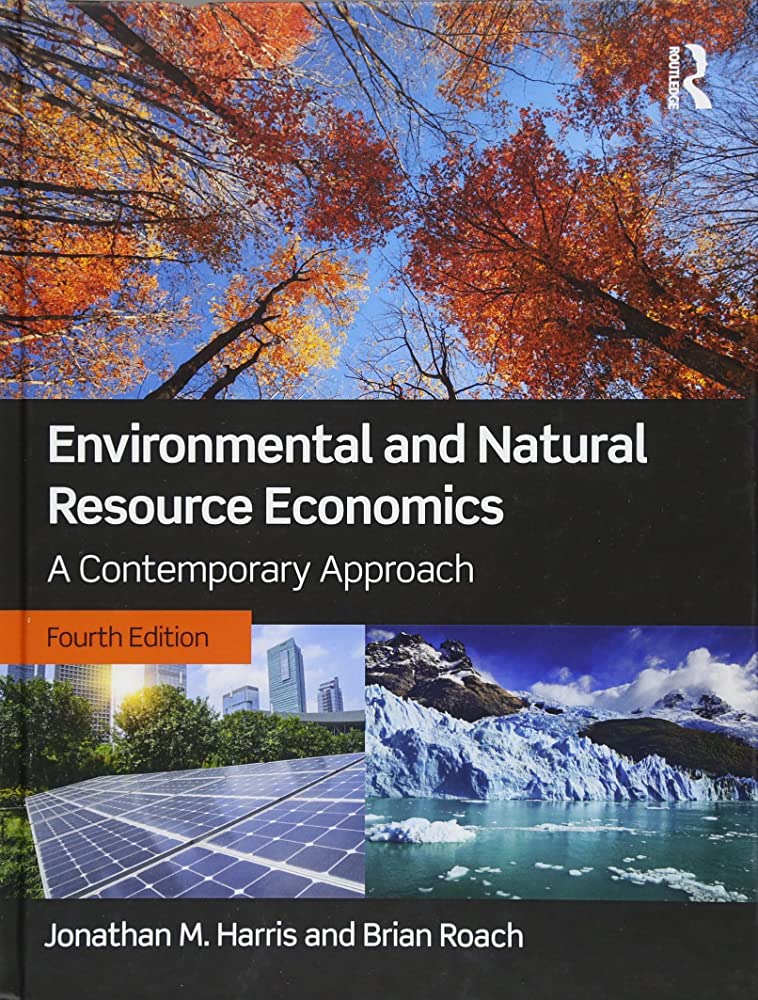
Practical skills and real-world knowledge
Like in public economics courses, environmental economics courses could benefit from including various policy tools besides cost-benefit analysis, such as risk-opportunity analysis and participatory evaluation. Furthermore, it can be useful to make students familiar with current environmental policies and institutions, as various courses already do. Here, it can also be informative to explore how policies do, or do not, make it into reality through complex political processes involving politicians, corporate lobbyists, NGOs, activists, scientists, and citizens.
For more detail, see Building Block 2: Know Your Own Economy and Building Block 9: Problems & Proposals.
Teaching Materials
- Environmental Policy: An Introduction by Barry C. Field, from 2007. This accessible book introduces students in a systematic way to the different environmental policy options, domains and actors.
- Environmental Policy by Jane Roberts, most recent edition from 2011. This multidisciplinary introduction explores what causes, or prevents, effective environmental policy at the level of the firm, nation state and international level.
- To introduce the policy tools, reading materials can be of use, but they will probably have the most lasting impact when combined with practical exercises in which students have to apply the tools themselves.
- For cost-benefit analysis, a useful book is: Cost-Benefit Analysis: Concepts and Practice by Anthony E. Boardman, David H. Greenberg, Aidan R. Vining, David L. Weimer, most recent edition from 2018.
- For participatory evaluation, the following book can be of help: Participatory Evaluation Up Close: An Integration of Research Based Knowledge by J. Bradley Cousins and Jill A. Chouinard, from 2012.
- Risk-opportunity analysis is newer and has yet to be explained in a textbook, but an useful working paper explaining the tool and providing examples of applications is: Risk-opportunity analysis for transformative policy design and appraisal by Jean-Francois Mercure, Simon Sharpe, Jorge Vinuales, Matthew Ives, Michael Grubb, Hector Pollitt, Florian Knobloch and Femke Nijsse, from 2020.
A range of analytical tools and approaches
The concept of externalities is crucial for students to learn, as are the broader insights from neoclassical economics on nature. Environmental economics courses could, however, be enriched by also including different ideas coming from ecological, classical and institutional economics. Ecological economics conceptualizes the economy as being embedded within nature and argues natural capital cannot be replaced by other forms of capital. In this way, it comes to different ideas than neoclassical economics about how the economy should relate to nature and what policies should be pursued. Rent has long been a central concept in economics and it is important that students learn about the different ideas about value creation and extraction that have characterized economic thinking. This can also help them better understand the economics of land and housing of today. Finally, institutional economists, such as Elinor Ostrom, have analysed when and why natural resources are managed successfully as commons. This work gives students more insight in what institutional arrangements are possible and what aspects are most relevant for their success or failure.
For more detail, see Building Block 7: Research Methods & Philosophy of Science, Building Block 8: Economic Theories and the section Nature in the background material Pragmatic Pluralism.
Teaching Materials
- Handbook of pluralist economics education by Jack Reardon, from 2009, chapters 12 and 15. This useful book on how to diversify economics programs, includes two chapters full of ideas and suggestions for courses on sustainability and green economics.
- Economics After The Crisis by Irene van Staveren, from 2015, chapter 13 This well-written textbook sets out the neoclassical, post-Keynesian, social economic and institutional perspectives on nature.
- Introducing a New Economics by Jack Reardon, Maria A. Madi, and Molly S. Cato, from 2017, chapter 3. This ground-breaking textbook introduces the environment, resources and sustainability and weaves together pluralist theory and real-world knowledge.
- The Economy by The CORE Team, from 2017, chapter 20. This successful textbook provides an introduction into economics of the environment.
- Principles of Economics in Context by Jonathan Harris, Julie A. Nelson and Neva Goodwin, most recent edition from 2020, chapters 13, 21, and 33. This useful textbook, which pays particular attention to social and environmental challenges, devotes three chapters to the environment, broader measurement, and sustainability.
- The Handbook of Economic Sociology by Neil J. Smelser and Richard Swedberg, from 2005, chapter 30. This extensive and yet accessible book for non-sociologists, provides an impressive and useful overview of the field of economic sociology, including a chapter on the economy and the environment.
- Polycentric systems for coping with collective action and global environmental change by Elinor Ostrom, from 2010. This article, written from an institutional perspective, argues for tackling climate change on multiple scales and levels, rather than focusing only on global efforts, as this can prevent inaction and allow for more experimentation and learning.
- A review on circular economy: the expected transition to a balanced interplay of environmental and economic systems by Patrizia Ghisellini, Catia Cialani, and S. Ulgiati, from 2016. This article provides an overview of the literature on the circular economy.
- Rethinking the Economics of Land and Housing by Josh Ryan-Collins, Toby Lloyd, and Laurie Macfarlane, from 2017. This accessible book introduces students to classical and modern theories of land and housing, including concepts as economic rent and financialization.
- Environmental and Natural Resource Economics: A Contemporary Approach by Jonathan M Harris & Brian Roach, from 2002. This textbook introduces students to the neoclassical and ecological approaches to nature and environmental issues.
- Ecological Economics: Principles And Applications by Herman E. Daly and Joshua Farley, from 2003. This textbook introduces students to ecological economics and the economics of nature and resources.
- Dimensions of Environmental and Ecological Economics by Nirmal Chandra Sahu and Amita Kumari Choudhury, from 2005. This collection of essays provides an overview of the neoclassical and ecological theories of nature and the economy.
- Routledge Handbook of Ecological Economics: Nature and Society by Clive L. Spash, from 2017. This collection of essays introduces students to variety of theoretical approaches to nature and the economy, from ecological and neoclassical economics, to institutional, feminist, Marxian, post Keynesian and evolutionary economics.
Institutions and different ways of organising the economy
The core question in environmental economics is what economic structures and policies can best tackle environmental problems. As such, it is crucial that students learn about the different possible structures and policies. Here there is also a strong link with theory as each theoretical approach has its own specific focus. Ecological economics stresses the importance of reducing material consumption and direct regulation. Neoclassical economics, instead, favours market-based policies to ‘get the price right’ in a static framework with a Coasean emission trading scheme or a Pigouvian carbon tax. Complexity economics, in contrast to neoclassical economics, focuses on system dynamics and how targeting tipping points and feedback loops can help solve environmental issues. Evolutionary economists emphasized the importance of innovation and research into clean technologies. Keynesian economists advocate for green industrial policy and government spending to achieve sustainable production processes and consumption. Institutional economists have investigated which institutional structures can prevent tragedies of the commons, thereby providing an alternative to market and state-based solutions to environmental problems. Finally, for more business and individual firm oriented classes, ideas surrounding sustainable and/or circular business models are highly relevant.
For more detail, see Building Block 5: Economic Organizations & Mechanisms and section Nature in the background material Pragmatic Pluralism.
Teaching Materials
- Governing the Commons: The Evolution of Institutions for Collective Action by Elinor Ostrom, most recent edition from 2015. A sharp and rigorous discussion of commons, how they are different from markets and hierarchies, how we should theorize them and real-world examples that help us better understand how they can be successful.
- Environmental and Natural Resource Economics: A Contemporary Approach by Jonathan M Harris and Brian Roach, from 2002. This textbook introduces students to the different institutional and policy options to achieve sustainability, from commons and property rights to environmental accounting and trade agreements.
- Routledge Handbook of Ecological Economics by Clive L. Spash, from 2017. This useful collection of essays explores the different perspectives on tackling environmental issues, various policy challenges and visions for a sustainable economy.
- Economics and Politics of Climate Change by Dieter Helm and Cameron Hepburn, from 2009. This informative collection of essays introduces students to the key international players, low-carbon technologies, and policy instruments.
- Foundations of Sustainable Business: Theory, Function, and Strategy by Nada R. Sanders and John D. Wood, from 2014. This book introduces students to questions related to sustainability and business, management, finance, accounting, and marketing.
- Sustainable Business Models: Principles, Promise, and Practice by Lars Moratis, Frans Melissen, and Samuel O. Idowu, from 2018. This collection of essays explores the different ideas and cases of sustainable business models.
- Business Models for the Circular Economy: Opportunities and Challenges for Policy by OECD, from 2019. This report explores circular business models and their scalability, as well as their environmental impacts and related policy implications.
- Circular Business Models: Developing a Sustainable Future by Mats Larsson, from 2018. A book on how to make businesses and economies circulair, with attention to different aspects, sectors and potential solutions.
Societal relevance and normative aspects
While environmental economics courses should focus on the economics of the environment, it is crucial that students have basic knowledge about environmental issues. Without being familiar with issues, such as resource depletion and biodiversity loss, one could, for example, be unaware of negative side-effects of attempts to tackle climate change by simply replacing all gasoline cars with electric vehicles.
Besides this basic natural scientific knowledge, knowledge about normative perspectives on environmental issues is critical. Here one can teach students both about abstract ethical discussions as well as concrete political struggles related to the environment, preferably connecting the two.
For more detail, see Building Block 1: Introducing the Economy and Building Block 10: Economics for a Better World.
Teaching Materials
- Environmental Politics: A Very Short Introduction by Andrew Dobson, from 2015. This brief and accessible book introduces students to the politics surrounding environmental issues, with attention for key ideas and movements as well as geographical differences and visions for the future.
- Climate Change: A Very Short Introduction by Mark Maslin, most recent edition from 2021. This concise book helps students understand what climate change is, what its causes are, what current state of knowledge and research is, and what potential solutions are.
- The Routledge Handbook of Ethics and Public Policy by Annabelle Lever and Andrei Poama, from 2019, chapters 38-39. This useful collection of essays treats many different aspects of the ethics of public policy, including two chapters on development and climate ethics, and the ethics of waste policy.
- The Oxford Handbook of Ethics and Economics by Mark D. White, from 2019, chapter 25. This extensive collection of essays explores the many moral dimensions of economics, including a chapter on the ethics and economics of ecological justice.
- The Oxford Handbook of Professional Economic Ethics by George F. DeMartino and Deirdre McCloskey, from 2016, chapter 9. This insightful collection of essays explores the different aspects of ethics in economics, with one chapter devoted to the ethics of environmental economics.
History
Many scientists have argued we currently live in the Anthropocene, an geological epoch in which human (economic) behavior is a key force shaping Earth’s natural systems. Learning about (economic) environmental history can enable students to put the current situation into historical context and better understand its origins.
For more detail, see Building Block 3: Economic History.
Teaching Materials
- Climate Change in Human History: Prehistory to the Present by Benjamin Lieberman and Elizabeth Gordon, from 2018. This book introduces students to the (recent) history of climate change, with attention to the rise of agriculture, civilizations, the Little Ice Age, industrialization and accelerating climate change.
- Fossil Capital: The Rise of Steam-Power and the Roots of Global Warming by Andreas Malm, from 2016. This well-written book provides a fascinating economic history of energy and how it transformed the world.
- The Economics of Global Climate Change: A Historical Literature Review by Leo Dobes, Frank Jotzo and David I. Stern, from 2014. This review article describes how the economics of climate change has evolved over time.
- Climate Change and the Course of Global History: A Rough Journey by John L. Brooke, from 2014. This impressive book discusses how the earth and humans evolved throughout history, from human emergence and the agricultural revolutions to the industrial revolutions and modern Anthropocene.
- Economic Development and Environmental History in the Anthropocene: Perspectives on Asia and Africa by Gareth Austin, from 2017. This insightful collection of essays introduces students to the historical interaction between the environment and the economy in Sub-Saharan Africa, South Asia, Southeast Asia and East Asia.
What to take out
To create space for the above suggested additions, we advise to focus more on the key ideas and intuitions behind the taught models and devote less teaching time to their technicalities and mathematics. As teaching students to reproduce and work through mathematical models often takes up a large part of the teaching time, this would give the teachers the opportunity to devote more time to practical knowledge, the relevance, institutions, and history. Furthermore, a more even balance between neoclassical economics and other economic approaches could be achieved by decreasing the number of neoclassical ideas and models that are taught.
